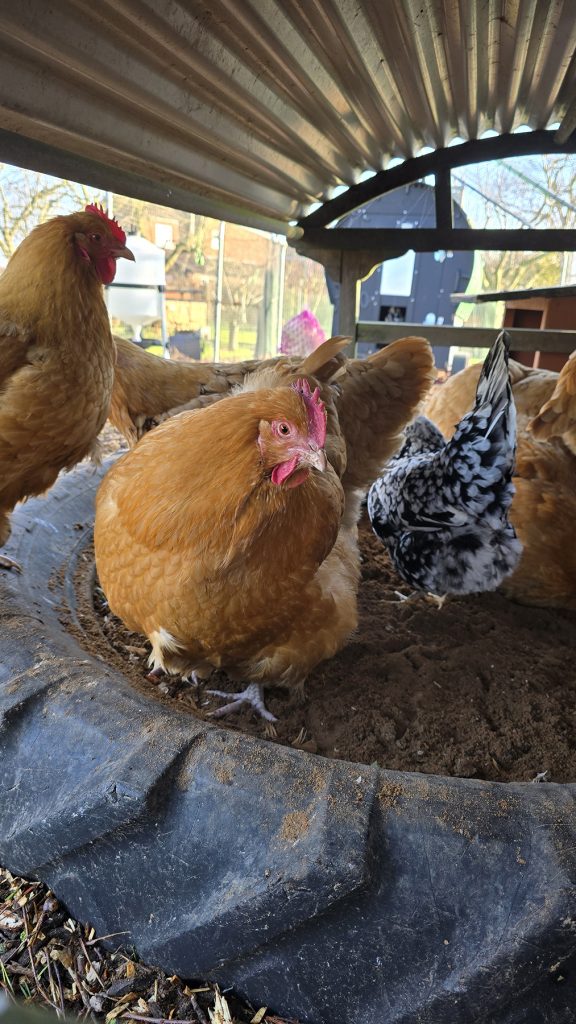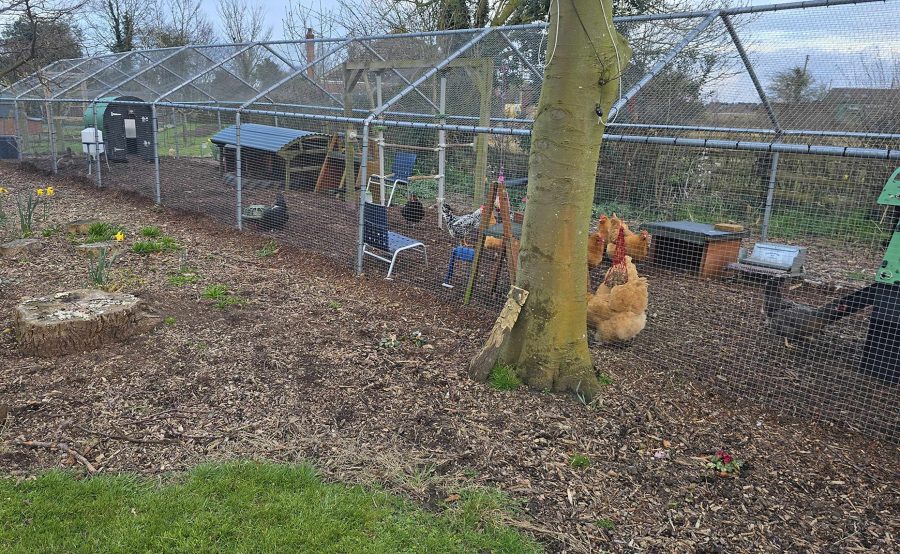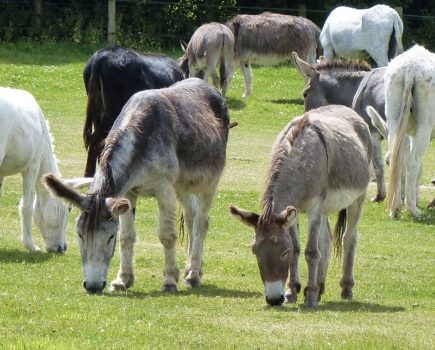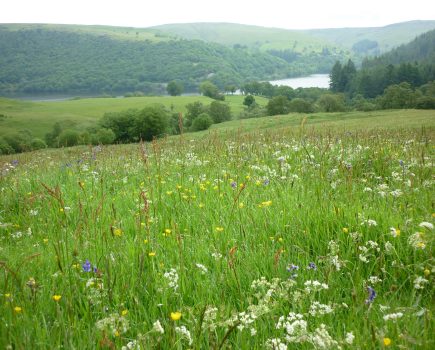Fiona & Hugh Osborne guide you through some simple boredom busters for your flock.
Many chicken keepers keep their chickensin enclosures for a multitude of reasons.This might be the presence of foxes inthe area, the threat of a large raptor to small bantams, or the potential for dogs to attack unsupervised chickens. Even if you do normally free range your chickens, the large number of Housing Orders over Winter in response to Avian Influenza means that we all must be aware that enclosures can result in bullying and distressing behaviours.
SIGNS OF BOREDOM IN CHICKENS
You might be wondering what bullying and distressing behaviours look like and there are some very simple answers. It’s anything where a hen is forced to cry out, run away or cower. Feather pecking is probably the most common. This is where one hen pulls at another’s feathers, sometime breaking them off, sometimes pulling them out altogether. The worst thing about this is that it can cause red ,inflamed skin, which in turn attracts the attention of other hens who peck the red skin. It’s a nasty cycle. There are other signs of boredom including lethargy, lack of activity, overeating and repetitive behaviours.
Chickens naturally spend their time foraging, dust bathing, perching, and socialising. In a confined space, they may not have the opportunity to express these instincts, leading to frustration and boredom. The key to chicken boredom busters is to introduce things that support mimicking natural behaviours and keep chickens occupied.
 NATURAL ENRICHMENTS
NATURAL ENRICHMENTS
One of the simplest ways of enriching a chicken’s enclosure is to bring the outside, inside to nurture those natural behaviours. Number one on our list would be to create a dust bath. Dustbathing is an important part of a chicken’s routine, allowing them to remove excess grease from their feathers and to discourage any creepy crawlies from taking up residence in their feathers.
We are fortunate enough to have a friend who donated an old tractor tyre which we’ve filled with dry, builders’ sand. The tyre and its rain shelter are large enough that it’s become a communal hang-out spot for the team when they want “together time”. In the past, we’ve improvised dustbaths using a water butt stand turned upside down, a deep gravel tray and even a wooden crate lined with hessian. It just needs to be large enough for your chickens to roll in. We use dry builders’ sand, but dry topsoil works just as well. Another friend of ours swears that using the soil from the mole hills on his property is the best dustbath material for his chickens. He says it’ because it’s always such a lovely fine tilth that the moles achieve.
This article extract was taken from the May 2025 edition of The Country Smallholder. To read the article in full, you can buy the issue here.








